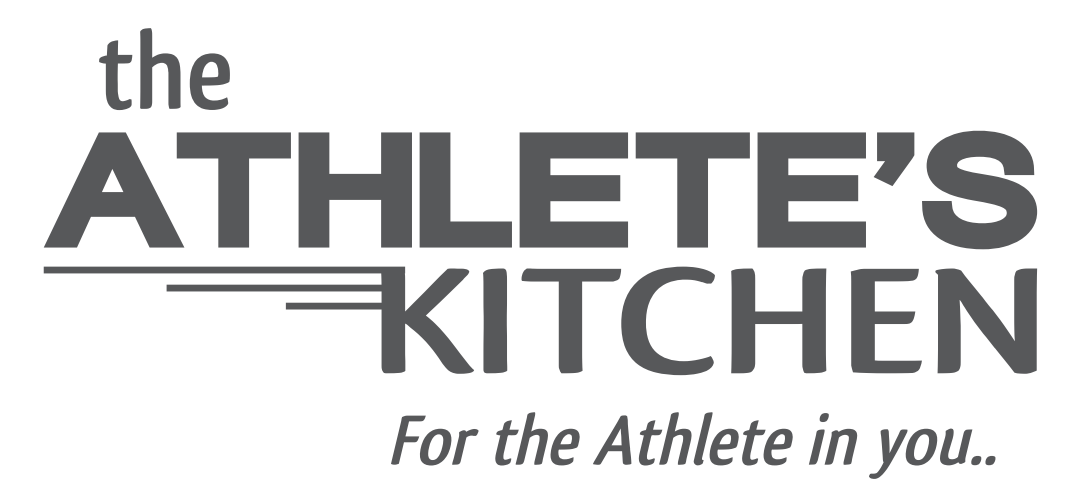Fuel for Thought – Nutrition and Studying, By Alice Kemp for The Athletes Kitchen
/photo from Pixabay
It’s that time of semester, when thirteen weeks of university all comes down to two to three weeks of final exams, major assessments and a whole lot of stress. With all-nighters, 60% final assessments and exam timetable from hell, nutrition is probably the last thing on your mind. While you may currently be surviving on mixture of coffee, fast food and chocolate, a lot of these convenient foods are high in fat, sugar and caffeine which can leave you feeling sluggish and jittery. Fuelling your body with more nutritious foods while studying can help you feel more alert and sustain you throughout the entire day. Here are some foods to focus on to help you stay focused and alert while studying:
Fruits and Vegetables - Your mum was right, fruits and vegetables are good for you. They provide us with array of vitamins, minerals and antioxidants that nourish your body and fibre which helps you stay fuller for longer. They are also very budget friendly and easy to prepare. Apples and bananas make great snacks on the go, while berries and grapes are good option to have on your desk if you like to eat while you study. Need a more filling snack? Dip celery, capsicum and carrots in some hummus or try roasted chickpeas, both options are tasty and super filling.
Wholegrain Carbohydrates – Carbohydrates are a really important macronutrient as the provide our bodies with glucose, which is the main fuel source for our muscles and our brains. In order to focus and concentrate, our brains need a steady supply of glucose which wholegrain and low GI carbohydrates provide. Try having a serve of wholegrain carbohydrates at main meals to keep you fuelled throughout the day. Some good options to have include oats, wholegrain bread, brown rice, quinoa or wholemeal pasta. Most supermarkets sell single serve microwaveable options which are affordable and easy for busy students.
Protein – Now it’s not just the body builders that need protein. Protein is an important macronutrient for our muscles and it also helps keep us full after we eat. Including some protein at meals can help prevent snacking and keep you sustained while you study. Some easy and convenient protein rich snacks include tins of tuna, nuts and seeds, hard boiled eggs, baked beans and yoghurt. Making a sandwich or combining some of these options with some wholegrain carbohydrates and some vegetables is an easy option for more substantial snack or a meal.
Water – It is super important to stay hydrated while studying. Studies have shown that dehydration can significantly impact concertation and cause headaches which can leave you feeling tired and irritable. Be mindful that caffeine rich drinks like tea, coffee and energy drinks can worsen dehydration as they act as mild diuretics. Aim to drink 1.5-2L per day. Having a water bottle on your desk while studying is a great way to increase your water intake through the day.
The end of semester is an intense and stressful time for many students. While fuelling your body adequately will help you study more effectively it is also important that you are getting adequate sleep and exercise. Adequate sleep is essential as it helps your brain store the information you’ve spent all day learning while also helping us feel renewed, alert and focused. Exercise is also important during study as it is great stress reliever that helps clear your mind and makes you feel better thanks to the endorphins it produces. Breaking up your study session with exercise can be an awesome way to relieve stress and stretch out those cramped shoulders!
Now it time to stop procrastinating by reading this article and put some of these tips into practice while you study. Good Luck!!









